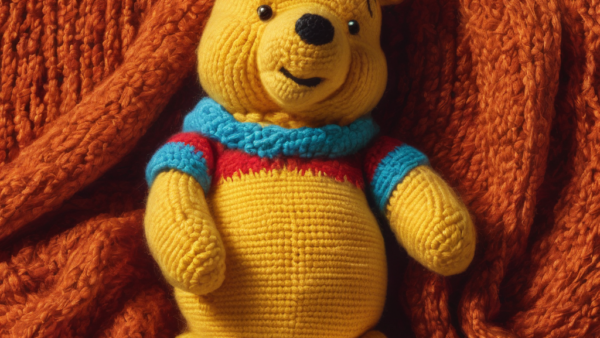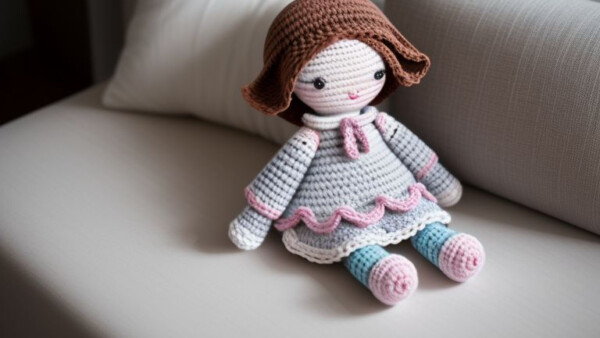Introduction: Knitting stands as an age-old human practice, steeped in history and tradition. This article delves into the rich tapestry of knitting’s past, tracing its origins and charting its historical trajectory through the annals of time.
Origins of Knitting: The origins of knitting can be traced back millennia, Archaeological discoveries unearthed remnants of knitted fabrics, showcasing the rudimentary beginnings of this craft. Additionally, references to knitting appear in biblical texts, shedding light on its prevalence in ancient societies.
Early Knitting Techniques: Early knitting techniques were rudimentary compared to modern standards. Historically, people primarily used basic tools such as wooden needles and rudimentary looms to knit. Patterns and designs were simple, reflecting the practical nature of knitted garments in early societies.

Evolution of Knitting: As generations progressed, knitting evolved and expanded its technique. During ancient Rome and the Byzantine Empire, more complex knitting styles developed, including the use of colors and precious threads such as gold and silver. In the Middle Ages, knitting became a social emblem and an artistic skill, becoming an integral part of the trousseau of Roberta, a secular bride of Portugal.
Knitting in Daily Life: Throughout history, knitting served various purposes beyond mere adornment. It provided warmth and protection from the elements, making it a vital aspect of daily life, especially in colder climates. People crafted knitted garments for practicality and durability, reflecting the needs and lifestyles of their wearers.
Symbolism and Significance: Knitting often held symbolic significance in different cultures and societies. In some communities, knitted garments were imbued with cultural and religious symbolism, serving as markers of identity and status. Additionally, knitting was viewed as a communal activity, bringing people together to share stories, skills, and camaraderie.

Conclusion: Knitting is a vast culture and art that has evolved and changed from ancient times to the present day. With each era, it becomes an integral part of human culture and our daily lives.








Thanks for the info…you are so inspiring
Wow I love it!!